Apple Abandons Leather - Tanner Leatherstein's Analysis

I recently visited Taiwan with my family, intending to have fun and create unforgettable memories. That was until I tuned in to watch the Apple launch event on YouTube and heard something that turned my stomach upside down. Apple, one of the world's most innovative and celebrated tech giants, had decided to abandon leather in their products. But why? The answer had more to do with marketing trends than environmental concerns, and it reveals a dark reality about the plastic industry and those who profit from it.
Leather has been an essential material for humans for centuries. It has been used for clothes, shoes, and accessories. Over the years, the leather industry has faced scrutiny for its impact on the environment. However, the industry has been working to reduce its carbon footprint. On the other hand, the alternative materials that are positioned as sustainable are not always as eco-friendly as they claim to be.
As we become more aware of the impact of our daily choices on the environment, the fashion industry has also been making strides towards sustainability by promoting vegan leather. But is this eco-friendly alternative really as sustainable as it seems?
In this blog post, we will explore why thanks to the oil lobby's carefully designed carbon footprint calculation metrics, you and I are not shown the whole picture of leather vs. alternatives. We'll also discuss the truth about vegan leather and its impact on our planet.
DISCLAIMER: This is an UNSPONSORED review. I am not affiliated with the brands mentioned in any way. All statements and expressions made about the products are solely the opinion of Tanner Leatherstein and are not meant to be conclusive or definitive. The purpose of this video is for informational and educational purposes only. We recommend that as a consumer, you exercise your due diligence and research on the products before adopting the opinion of Tanner Leatherstein.
It all starts with the oil industry - the same one that fuels our cars and heats our homes. As the world moves toward cleaner, renewable energy sources, the oil industry needs to find a way to keep its pockets lined. That's where plastic comes in. In recent years, plastic has become one of the most profitable outlets for oil, and it's showing no signs of slowing down.
In order to keep selling plastic, the oil industry needed to make it look like a sustainable, eco-friendly material. One way to do this was to promote plastic as a recyclable material. The blue bins we all use to recycle our plastic are a testament to their success. But the truth is that only a small fraction of the plastic we put in those bins actually gets recycled. The rest ends up in landfills or polluting our oceans.
The other side of the coin was to create a villain to blame for the negative impact of plastic. Leather was an easy target. The leather industry has its own environmental issues, but it is a sustainable material that can last for decades with proper care. Leather is a by-product of the meat industry, which means that it is already using materials that would otherwise go to waste. Yes, the leather industry has flaws, including animal welfare and toxic chemicals used in tanning. However, the industry is working to improve on these issues and has made significant progress. Unfortunately, this does not fit with the narrative that plastic is the future.
This brings me to Apple. Like many other companies, they have jumped on the bandwagon of plastic alternatives to appeal to the environmentally conscious consumer. But here's the catch - most of these "leather" alternatives are made of plastic. They may look and feel like leather, but they do not have the same durability and longevity. By promoting these alternatives, companies are indirectly promoting the use of plastic.
The rise of vegan leather seemed like a step in the right direction. However, it turns out that this material may not be as eco-friendly as we thought. Most vegan leather is made from a type of plastic known as PVC or PU, which heavily relies on oil input and can take hundreds of years to decompose.
Moreover, the production process for these types of products is costly, energy-intensive, and harmful to the environment. The creation of PVC and PU from the ground to the decomposition cycle generates a larger carbon footprint than it seems in today's marketing strategies. This means that simply switching from leather to vegan alternatives may not be enough to solve our environmental problems.
Since the production of vegan leather requires a lot of energy and emits greenhouse gases, this contributes to climate change. On the other hand, the leather industry has developed ways to reduce its carbon footprint. For example, leather manufacturers reuse the water used in the tanning process, which reduces water waste. Leatherworkers also use natural materials like tree bark as a replacement for toxic chemicals in the tanning process. These sustainable practices have earned leather a place as a sustainable material in the holistic lifecycle of materials.
Another issue with vegan leather is that it is not biodegradable. Unlike natural materials like leather, which decompose relatively quickly in landfills, plastic-based materials can take hundreds of years to decompose properly. In contrast, leather is biodegradable, and products made from leather can be recycled. Therefore, even if we switch to vegan leather, we will continue to generate plastic waste, which poses a severe threat to the environment.
It is also essential to note that the new materials create their carbon footprint costs since the production of PVC or PU is still costly for our planet. Although several significant companies, like Tesla and Apple, refuse to use leather, their environmental initiatives do not reduce the number of cows raised for the meat industry, nor do they prevent the use of plastics. Instead, they produce more plastic footprints. Even if vegan leather is considered a better alternative to leather, it still generates more significant environmental issues than its natural counterpart.
Polestar, an electric car brand, conducted research on the best alternative to leather for their vehicles. After their research, they found that there wasn't a better alternative to replace leather in their cars. Polestar returned to leather after a short break, during which they did honest research for themselves. Their findings support the idea that leather is an eco-friendlier alternative to plastic-based vegan fabrics.
The oil industry has a vested interest in promoting vegan leather alternatives. Oil and gas companies play a role in producing the synthetic materials that go into vegan leather. The calculation metrics used to determine the carbon footprint of these materials were developed by the oil industry and, therefore, are not completely accurate. As a result, we are not seeing the whole picture of leather vs. alternatives.
Conclusion
Leather has been a staple material for centuries, and the leather industry has been working to reduce its carbon footprint. Alternative materials marketed as sustainable, such as vegan leather, are not always as eco-friendly as they claim to be. These materials are often made from plastic, require a lot of energy, and emit greenhouse gases. When compared to these alternatives, leather is the eco-friendlier alternative.
Polestar's research supports this idea. The oil industry, which has an interest in promoting vegan leather alternatives, has developed the carbon footprint calculation metrics used to determine the carbon footprint of materials. These metrics are not completely accurate, and, therefore, we are not seeing the whole picture of leather vs. alternatives. As consumers, it is essential to know the truth about these materials to make informed decisions.
The reality is that the plastic industry has a lot of power and influence over our perceptions and choices. The rise of vegan leather has been a positive step towards a more sustainable fashion industry. However, it is essential to understand the environmental impact of the alternatives we are choosing.
Simply swapping to vegan leather may not be the solution we need to make the fashion industry more ecologically responsible. Instead, we must focus on more sustainable materials that have a lower carbon footprint and are biodegradable. The rise of recycling programs is a positive bridge towards this change. By making more conscious choices about the products we use and consume, we can move closer to a more sustainable future and a happier planet.
As consumers, we can vote with our wallets and choose to support companies that prioritize sustainability and longevity over short-term profits. And while it may seem like a small gesture, every choice we make has ripple effects on our planet. So let's choose wisely and remember that our actions today will impact future generations.





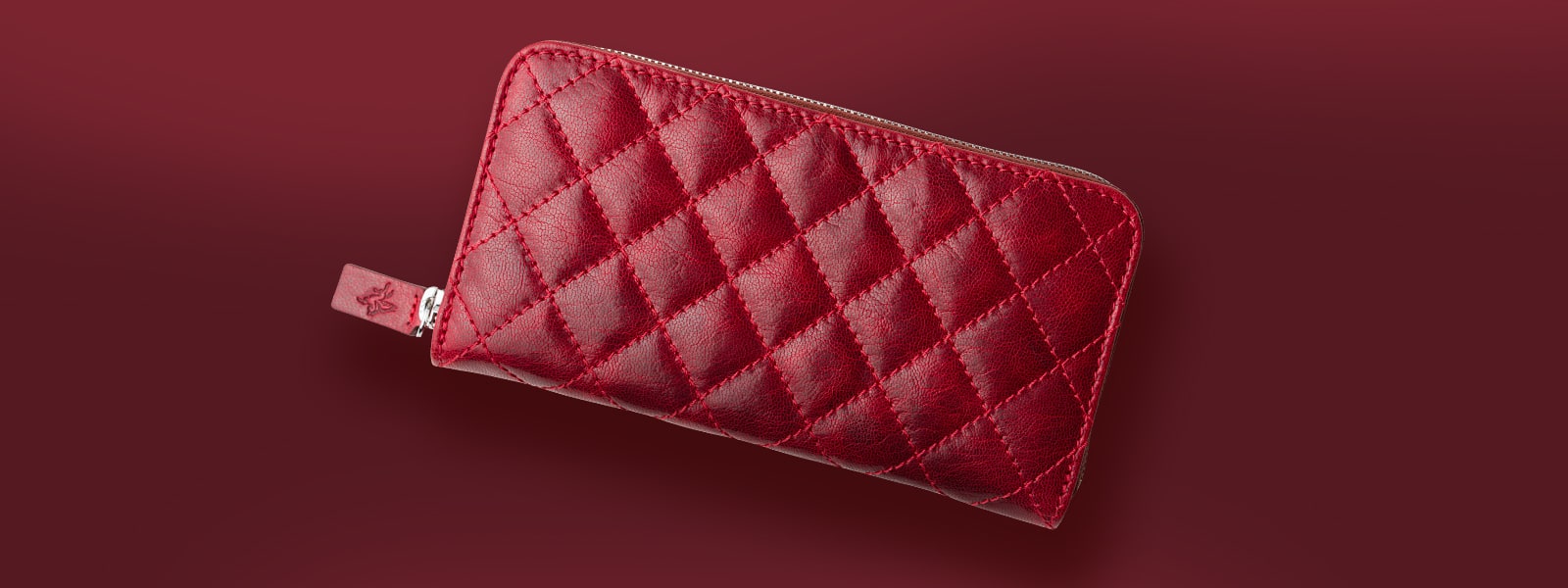
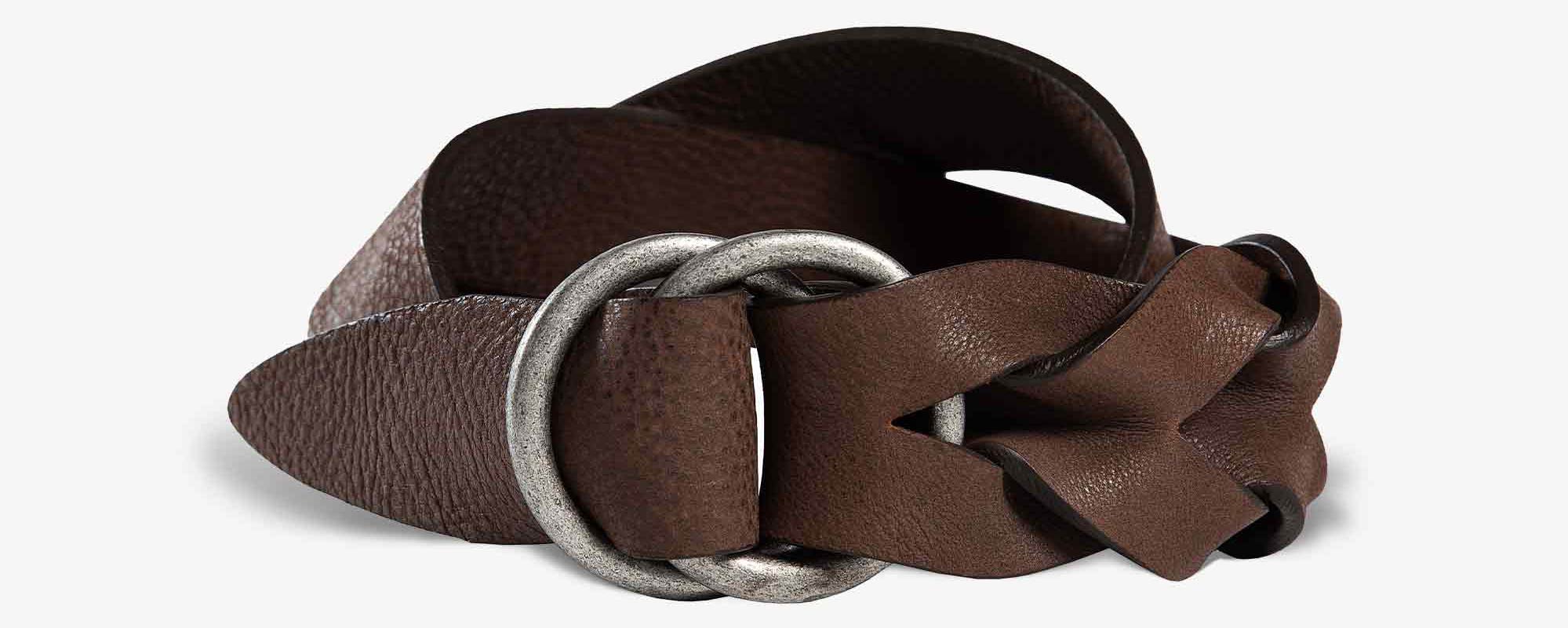

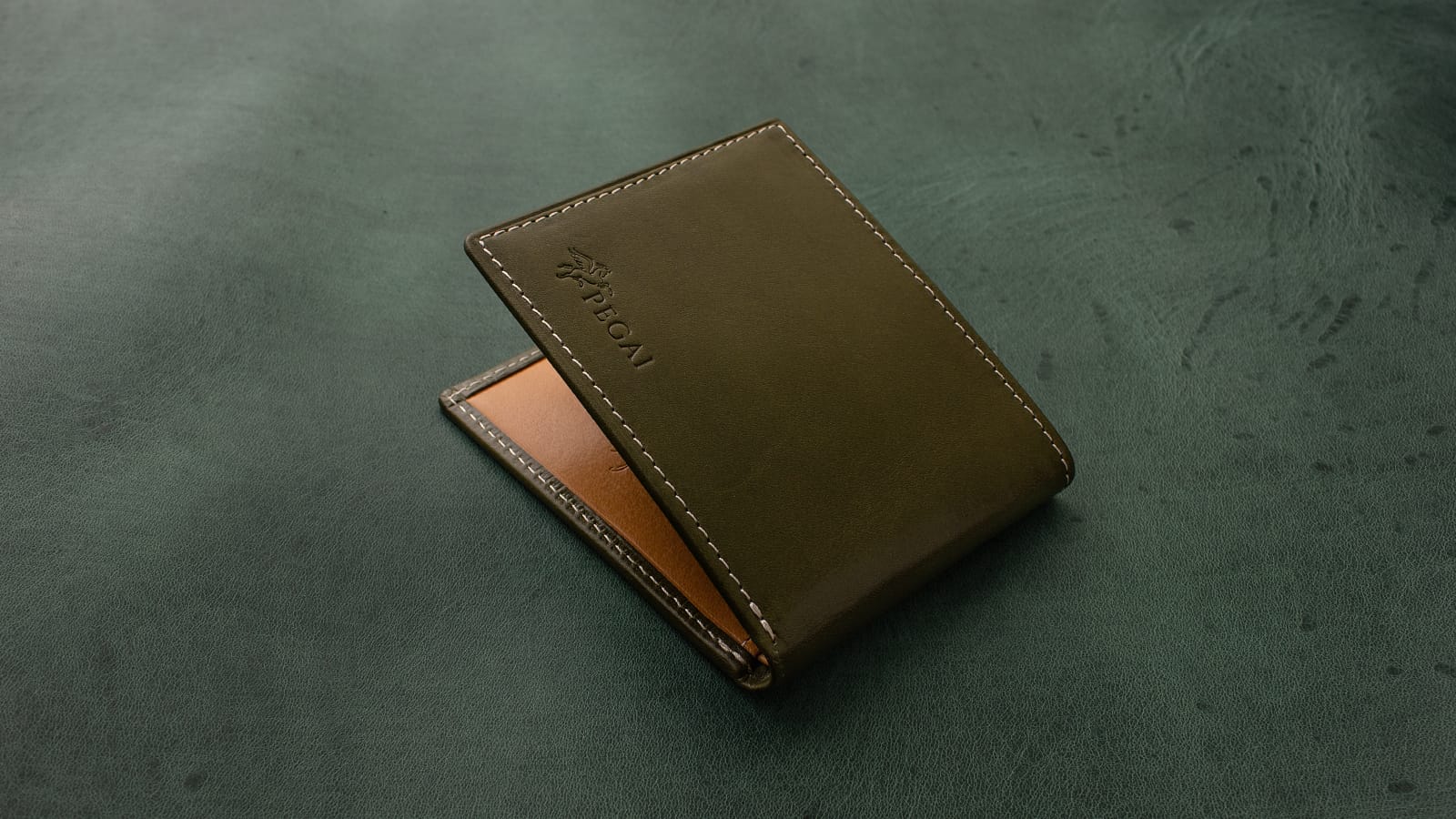





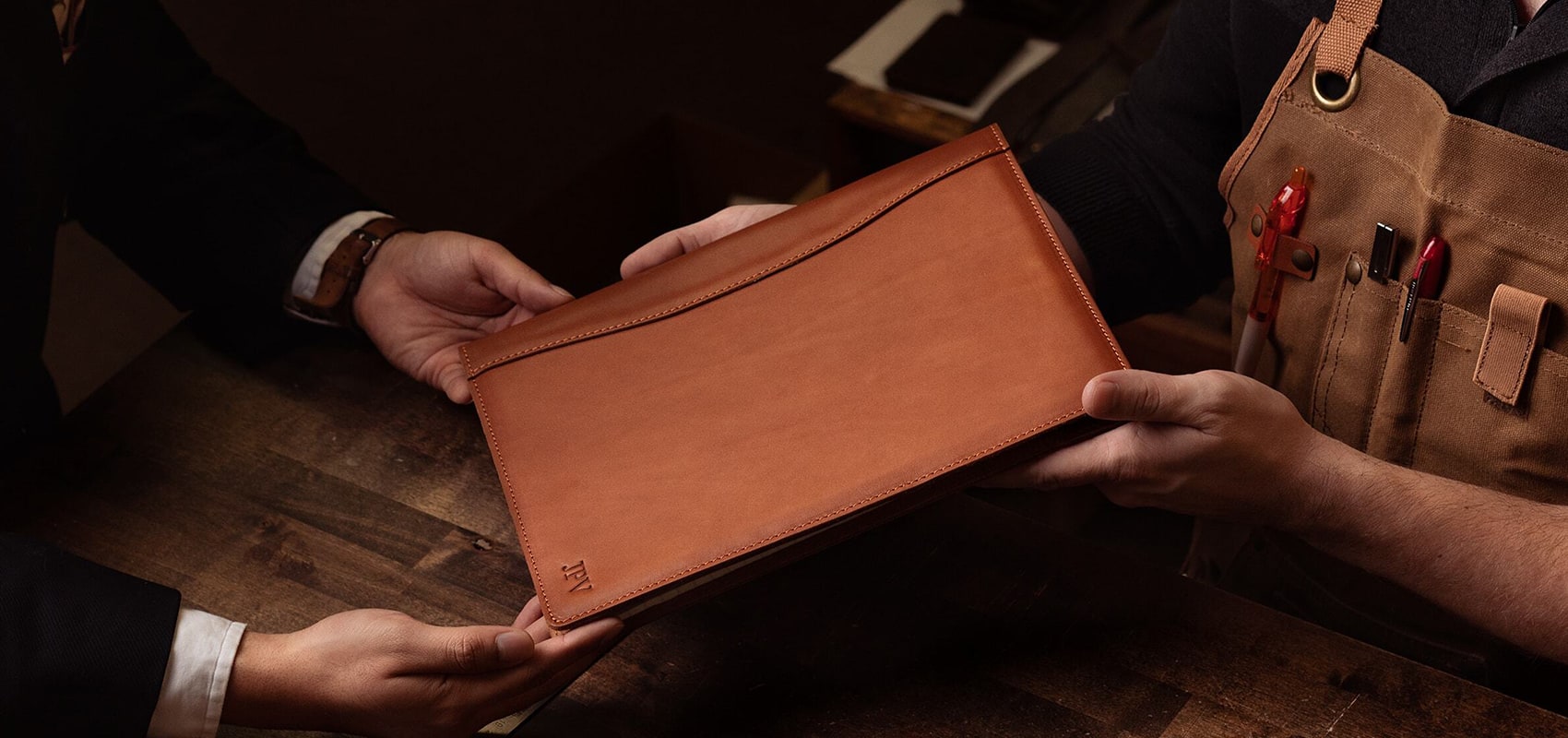

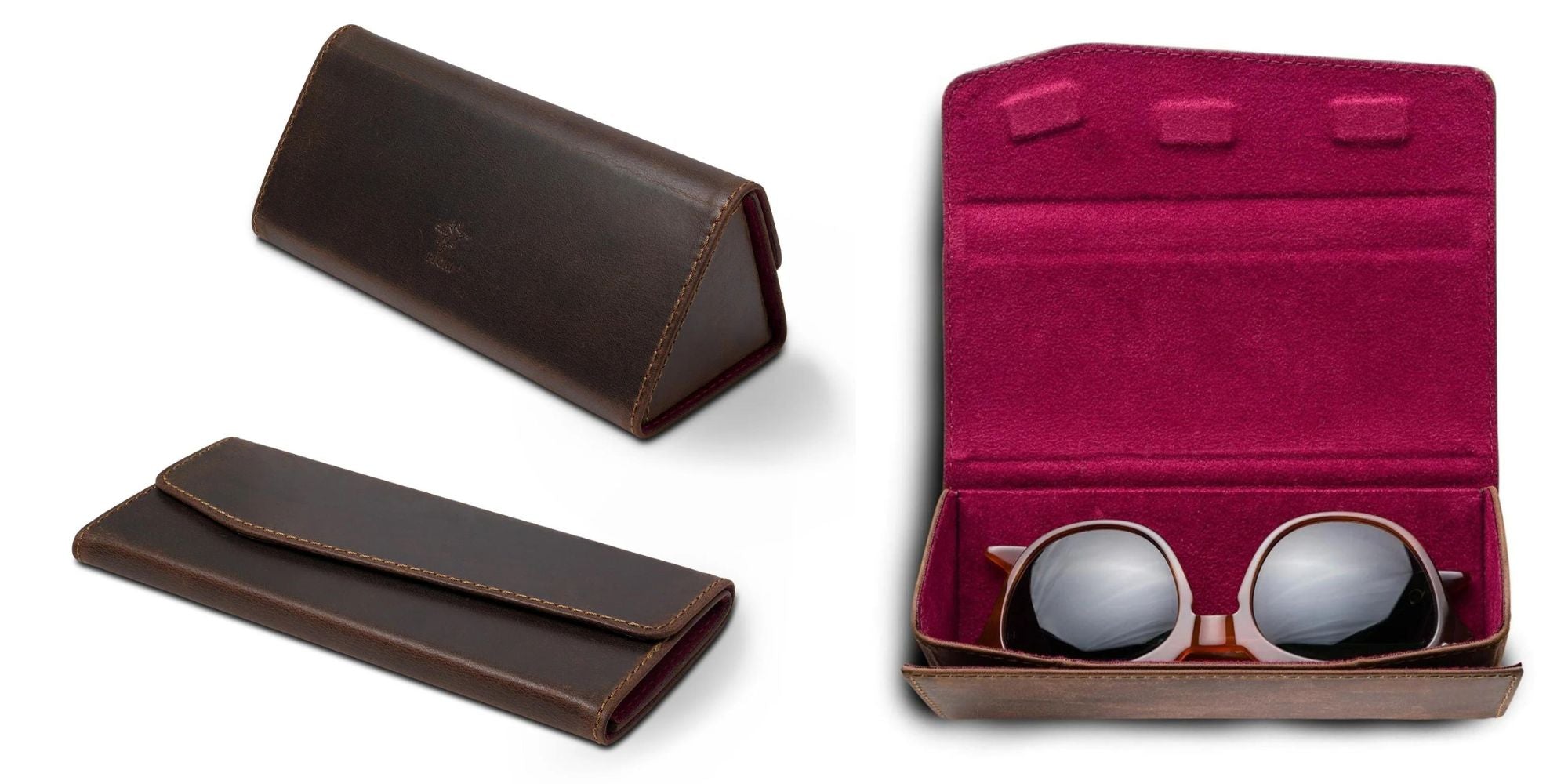


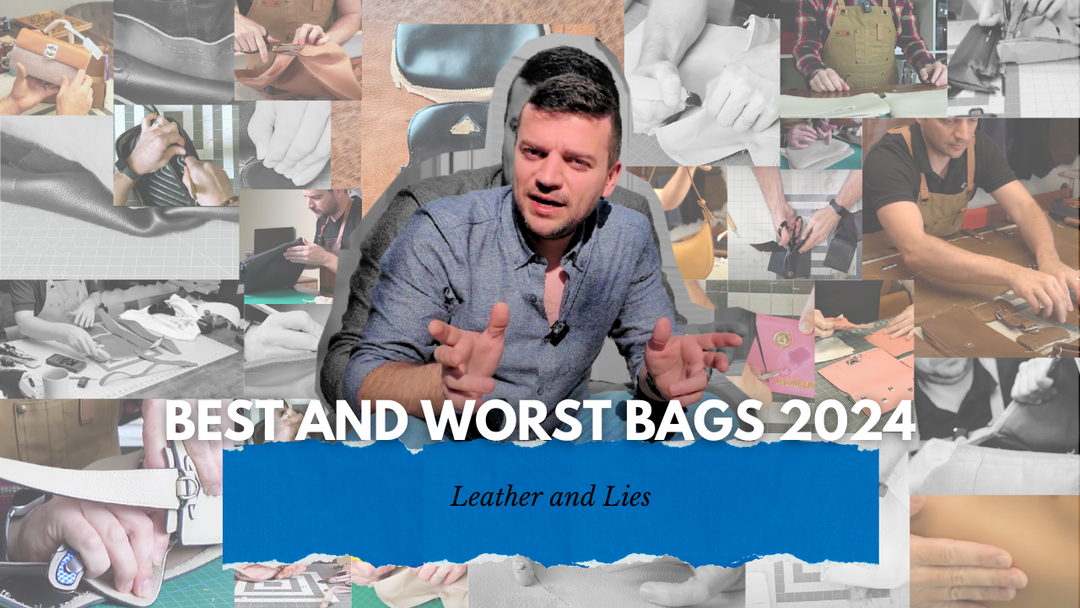
Leave a comment